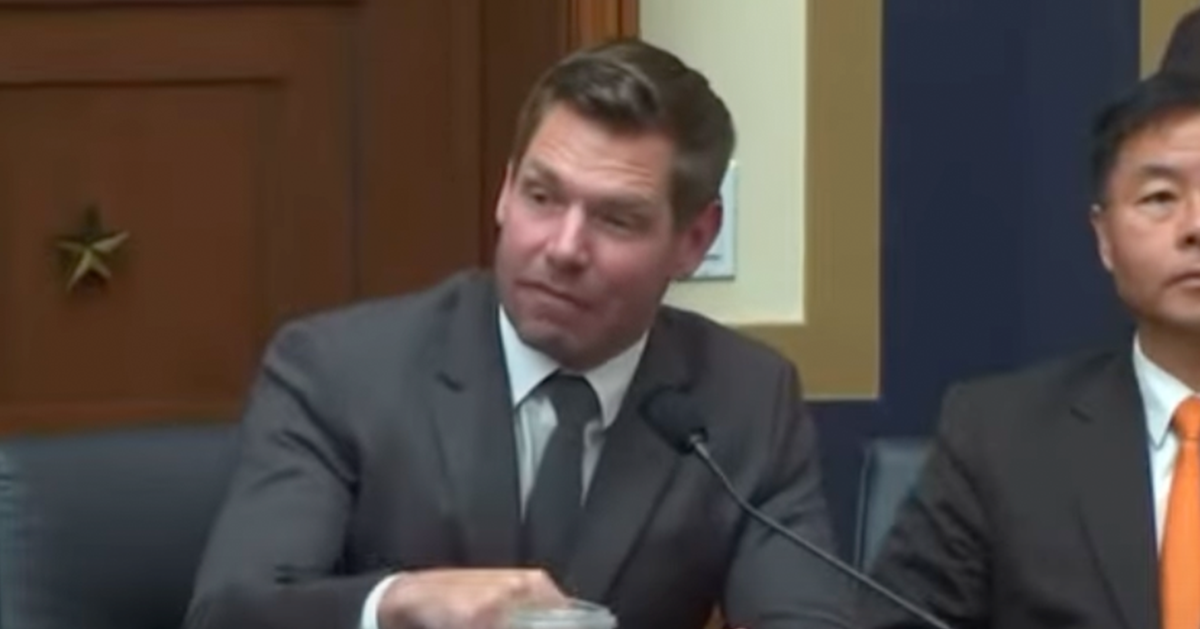Tim Walz Persisted With Nursing Home COVID Admissions Amid High Mortality Rates
In the heat of the COVID-19 pandemic, Minnesota's policy of admitting virus-positive patients into nursing homes sparked widespread criticism.
The controversy centered on the high percentage of deaths among residents of these facilities during Governor Tim Walz's administration, Fox News reported.
Initial Outbreak and Nursing Home Vulnerability
As the pandemic surged, Minnesota, like several other states, adopted a policy that allowed hospitals to transfer positive patients to long-term care facilities. This policy aimed to manage hospital capacity amidst escalating cases.
Information retrieved via the Wayback Machine shows that the public initially saw this policy before it was removed from Minnesota's government websites. In May 2020, long-term care settings accounted for a shocking 80% of the state's pandemic deaths.
Despite mounting opposition, Governor Walz defended the decisions made under his administration, emphasizing the complexity and unprecedented nature of the pandemic response.
Policy Details and Health Recommendations
The official stance, according to documents obtained from the Wayback Machine, allowed discharged patients to move to nursing homes without completing testing or ending transmission-based precautions. This approach raised concerns about the potential spread within highly vulnerable populations.
In 2020, the Minnesota Department of Health supported these actions, arguing that patients could be discharged when clinically appropriate without needing to ensure the virus was no longer transmissible.
Governor Walz, in May 2020, asserted, "This was what everyone was doing. This was not a mistake. It wasn't like no one thought about this. There was complexity in how you deal with this."
Challenges in Protective Measures
The strategy to manage PPE supplies further complicated the situation. Officials instructed nursing homes, often lacking adequate protective gear, to exhaust their stock before requesting more, prioritizing hospitals for N95 mask distribution.
This policy significantly delayed the replenishment of vital supplies, forcing many facilities to rely on cloth masks and seek local donations, as reported by the Star Tribune.
David Grabowski, a professor at Harvard Medical School, criticized the allocation of resources in April 2020, noting, "Nursing home residents aren't getting half of our resources or half of our attention, yet they account for roughly half the deaths."
Communication and Family Concerns
Throughout the crisis, communication posed another major issue. Facilities often failed to inform families about the presence of virus cases, complicating decisions regarding their loved ones' care.
The state health department strongly advised families not to remove residents from facilities for home visits, regardless of their status, which many found restrictive and distressing.
This lack of transparency and the stringent recommendations further distressed families, who felt disconnected from the decision-making processes affecting their relatives.
Comparative Policies in Other States
Minnesota did not stand alone in its approach. New York, under Governor Andrew Cuomo, also adopted similar strategies, which drew harsh criticism for the high death tolls in nursing homes.
This nationwide pattern of policy-making reflects how state governments broadly struggled to balance hospital capacity with the safety of long-term care facility residents.
As the pandemic continued, public health experts and family advocates scrutinized these policies, keeping them as a point of contention.





